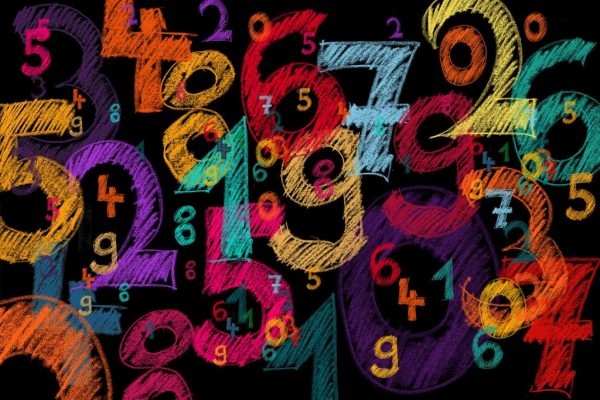
Recently I was chatting with the math department head at Burnaby Mountain Secondary, Ms. Reily, about skills and competencies needed as students transition into secondary learning. The K-12 curriculum has shifted toward building thinking and communicating skills as a problem-solving foundation that is applicable across all areas of learning.
Here is what Ms. Reily shared with me:
Communication is one of the curricular competencies in math and it will be a big part of their math courses in high school. In math 8, we have lots of opportunities for students to work on their communication. They’ll be asked to:
- Show their calculations/steps in a clear and organized way using correct notation.
- Solve problems in multiple ways.
- Look at another students’ solution and explain their misconceptions and how to fix it.
- Use other representations like tables, graphs, diagrams to show their thinking.
- Explain (in words) their strategy or solution using correct notation and vocabulary.
- Reflect on their problem solving process.
The answer is not as important as their process. In math, the reasoning behind solving a problem and communicating that reasoning are the two most important skills we want students to learn.
If they DON’T show their steps, and if they happen to make a calculation error (e.g. press the wrong button on the calculator), we have no evidence of understanding.
If they DO show their steps, but happen to make a calculation error, then we can still give them credit for their understanding of the correct process to use. 
This is all the same messaging I share with students in my class whether I am teaching grade 4 or grade 7–critical thinking and communication are key! Learning content is important, but it is the thinking and communication skills that will build resiliency and perseverance when working with new concepts.
Hopefully some of this insight can help you when you might be working with your child with math at home.
Thank you for sharing these comments, Ms. Coutts! The skills you outline are critical for success in further quantitative courses. (I’m putting on my statistics professor hat here. ) Yet students tend to be focused just on getting a final answer, and they resist learning about communication in this context. Thank you for emphasizing these skills in your class and, in general, for preparing our children so well for the next chapter in their education!
) Yet students tend to be focused just on getting a final answer, and they resist learning about communication in this context. Thank you for emphasizing these skills in your class and, in general, for preparing our children so well for the next chapter in their education!